By Dr Jason Chia, Associate Consultant, Sports Medicine, Changi Sports Medicine Centre
Having a knee pain that interferes with your training? Or a shoulder pain that is taking the sting out of your smash? Feeling tired and not sure why? Or perhaps training's fine but you are looking for ways to improve your performance?
These are common issues encountered by athletes as well as those who engage in exercise for health and enjoyment. With the increasing number of people engaged in exercise – the 2004 National Health Survey showed that the participation in regular exercise has almost doubled since 1992, from 13.6% to 24.9% – exercise-related problems are also on the increase. These problems are best solved with the scientific evidence of sports medicine rather than trial and error or popular sporting myths.
Sports medicine combines sports science as well as medicine to return the injured athlete to his game expeditiously and also to improve his performance. It is also uses exercise as a means of treatment and prevention of diseases such as obesity and hypertension. Unlike the traditional approach to treating sports injury where rest and abstinence from sports are the mainstay, sports medicine aims to return the athlete to his/her sport through accurate anatomical diagnosis, identification and correction of root cause(s), and aggressive rehabilitation. It also differs from traditional treatments where the endpoint is restoration of painless function of the injured area. Instead, the endpoint goes beyond that and treatment is complete when the athlete returns to sports. For instance, a basketball player who still experiences pain from an ankle sprain may not feel pain with daily activity, but he is not considered recovered until he can perform on the basketball court.
How does sports medicine help the injured athlete recover? It does so by amalgamating the diverse expertise of sports scientists, sports physicians, sports orthopedics, sports physiotherapists and allied health professionals e.g. podiatrists. For example, an ankle sprain would usually need accurate diagnosis of the injured structure by your sports physician followed by rehabilitation with a sports physiotherapist but in more severe instances may require surgery. The sports physician also works closely with the coach and athlete to better understand the demands of the sports on the individual athlete. For instance, the niggling tennis elbow pain may be due to too much "wrist action" in a backhand or through sudden increase in training load. The former requires stroke correction through discussion with the coach.
Suppose you are a swimmer with a persistent shoulder pain. How can sports medicine help you? The sports physician ensures that the cause of the pain is correctly diagnosed and formulates the treatment plan. He may refer the athlete to the sports orthopedic surgeon should the problem require surgery or to the sports physiotherapist should a non-surgical treatment be appropriate at the point of time. The sports physiotherapist also comes in after surgery to start on the initial part of the post-surgical rehabilitation. When normal shoulder function has been restored, the strength and conditioning coach takes over and helps to strengthen the shoulder in preparation to returning to swimming. Concurrently, the sports physiologist may come in and help with the monitoring and maintenance of the athlete's fitness. The sports nutritionist takes care of the athlete's dietary needs, factoring in the reduced energy demands due to the reduced training while maintaining a healthy diet. In some instances, the sports psychologist may be needed to help the athlete cope with the stress of sustaining an injury and also prepare the athlete mentally for return to sports after recovery.
Beyond injury medicine, sports medicine also includes medical coverage for sporting events, multidisciplinary weight management, cardiac rehabilitation, Sports Diabetes Programme, pre-participation screening, including scuba diving clearance, anti-doping advice, fitness testing, gait analysis and biomechanical assessment, exercise prescription, Pilates Extracorporeal Shock Wave Therapy (ESWT) and podiatry and foot orthotics to name but a few.
We hope that in the coming series of articles on Red Sports, each written by a member of the various disciplines mentioned above, we’ll be able to help you understand some areas where sports medicine can benefit the athlete in the pursuit of better performance.
Changi Sports Medicine Centre’s mission is to help you return to active sports quickly and safely. You can find more information at the Changi General Hospital website.

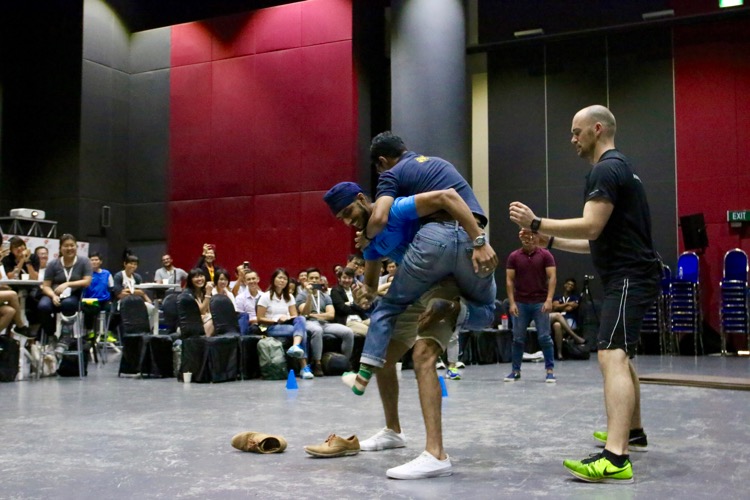

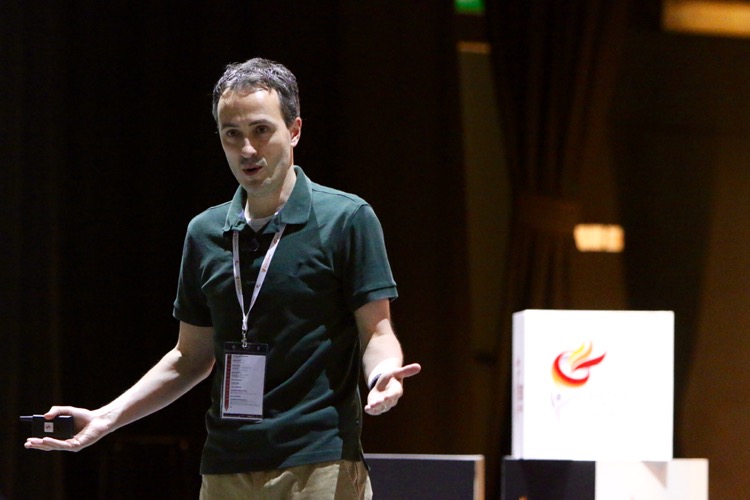
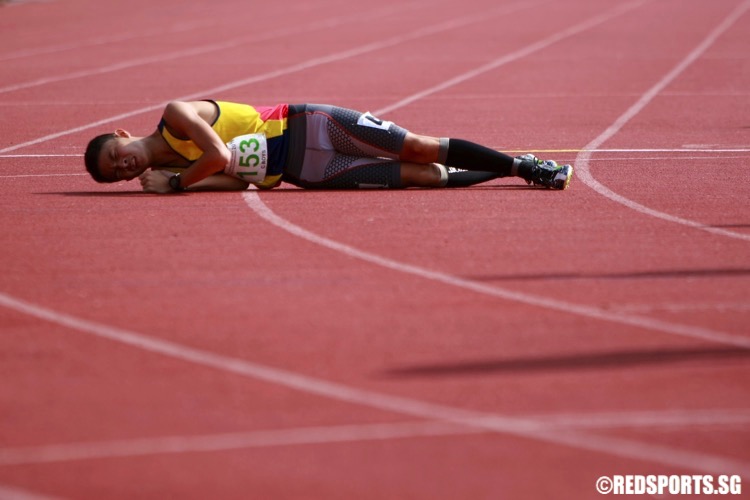
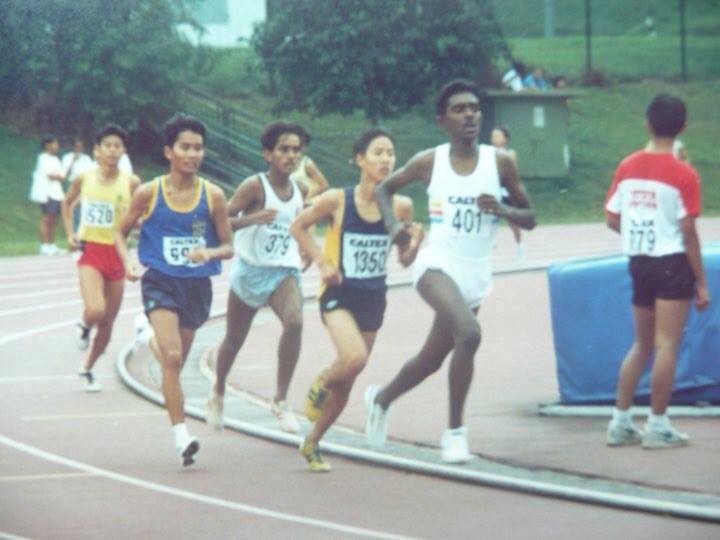
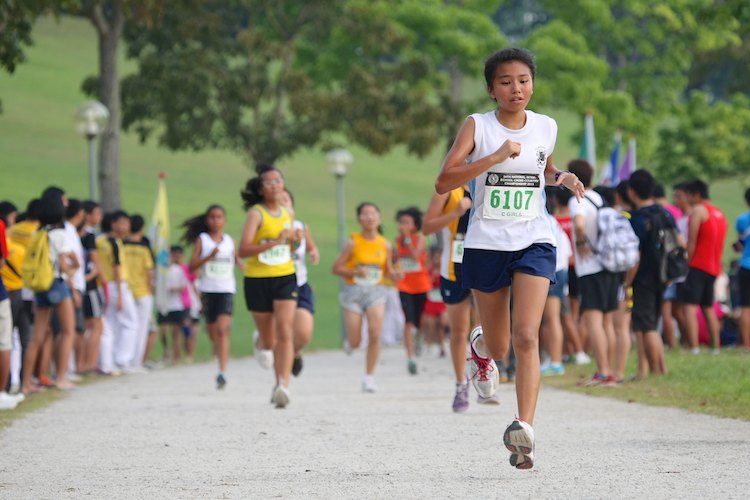
Leave A Comment